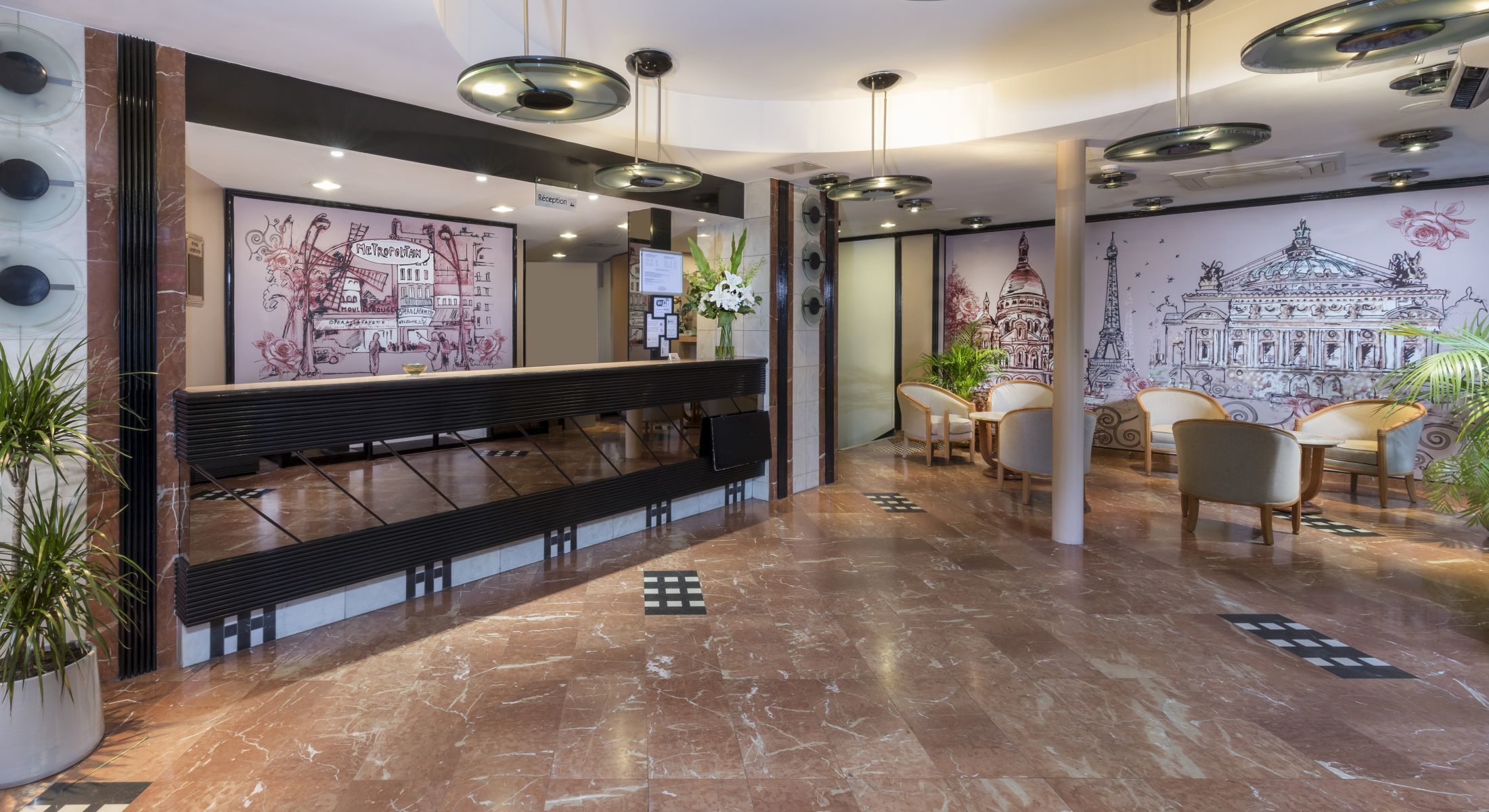

Arrondir in French means “to encircle”-hence, the name. If you look at how the arrondissements are arranged on a map, you’ll see they progress in a shell shape-or escargot shape. They’re usually named for a main sight, and they’re numbered one through eighty, starting with the first four in Paris 1: 1.) Saint-Germain-l’Auxerrois 2.) Les Halles 3.) Palais-Royal and 4.) Place-Vendôme. Parisians typically don’t refer to quarters, but it’s good to be aware of them, just in case. As the city grew, Napoléon III and Baron Georges-Eugène Haussmann expanded the number in 1860 to 20 by incorporating territory outside the original city limits.Įach arrondissement is then divided into four quarters. They’re essentially political entities, each one with its own mayor and arrondissement council.

Paris was first divided into arrondissements in 1795-at that point, there were only 12: nine on the Right Bank and three on the left. Here are some insights into this uniquely Parisian system. They are used to identify the locations of houses, landmarks, museums, restaurants, and everything else the City of Light offers. There are 20 of them, each with its own flavor and feel. Notre-Dame is in the quatrième arrondissement (fourth, or Paris 4), the Eiffel Tower the septième (seventh, or Paris 7), Montmartre the dix-huitième (eighteenth, or Paris 18), and so on.Īrrondissements are administrative districts in Paris. Everything you need to know about where to eat, shop, drink, and sightsee across Paris' 20 arrondissements.Ĭhances are, if you ask a Parisian where to find this hotel or that museum, they’ll give you the arrondissement.


 0 kommentar(er)
0 kommentar(er)
